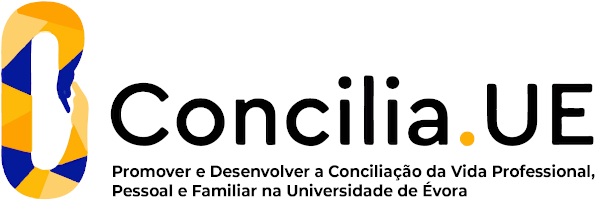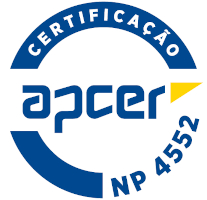2024
Pathologic Anatomy II
Name: Pathologic Anatomy II
Code: MVT15192I
6 ECTS
Duration: 15 weeks/156 hours
Scientific Area:
Veterinary Medicine
Teaching languages: Portuguese
Languages of tutoring support: Portuguese, English
Regime de Frequência: Presencial
Learning Goals
Objectives: This course aims to enable students to establish the relationship between the major groups of causes of disease and the organic response in some devices and systems that are the target of the theoretical program;
Skills: it is intended that students are able to identify macroscopic and microscopic lesions in all organs that integrate each of the devices / systems covered in the program.
Competences: Ability to: learning, practical application of acquired knowledge; analysis and synthesis; adaptation to new situations; work in interdisciplinary teams; self-employment; work in an international context; written and oral communication; to develop scientific research activities;
Interpretation of changes and injuries in cadavers, organs and tissues, using logical reasoning to list the most frequent causes, relating macroscopic injuries to the respective histopathological changes, and to equate basic cytological and histopathological diagnoses.
Skills: it is intended that students are able to identify macroscopic and microscopic lesions in all organs that integrate each of the devices / systems covered in the program.
Competences: Ability to: learning, practical application of acquired knowledge; analysis and synthesis; adaptation to new situations; work in interdisciplinary teams; self-employment; work in an international context; written and oral communication; to develop scientific research activities;
Interpretation of changes and injuries in cadavers, organs and tissues, using logical reasoning to list the most frequent causes, relating macroscopic injuries to the respective histopathological changes, and to equate basic cytological and histopathological diagnoses.
Contents
THEORETICAL PROGRAM
Subject I Pathology of the urinary system;
Subject II Pathology of the male and female genital system;
Subject III Pathology of the endocrine glands;
Subject IV Pathology of the Central Nervous System and the Sense Organs;
Subject V Pathology of the skin and adnexa;
Practical:
I - Necropsy technique in domestic animals; II Interpretation and characterization of lesions in organs fixed in 10% buffered formaldeid; III Interpretation of microscopic lesions in tissues fragments collected in necropsies and preparation of diagnostic reports; IV - Main methods of studying skin lesions (performed on cadavers): FNA, smears by apposition, swabs, smears using tape technique; incisional and excisional skin biopsies. Observation of smears of skin lesions.
Subject I Pathology of the urinary system;
Subject II Pathology of the male and female genital system;
Subject III Pathology of the endocrine glands;
Subject IV Pathology of the Central Nervous System and the Sense Organs;
Subject V Pathology of the skin and adnexa;
Practical:
I - Necropsy technique in domestic animals; II Interpretation and characterization of lesions in organs fixed in 10% buffered formaldeid; III Interpretation of microscopic lesions in tissues fragments collected in necropsies and preparation of diagnostic reports; IV - Main methods of studying skin lesions (performed on cadavers): FNA, smears by apposition, swabs, smears using tape technique; incisional and excisional skin biopsies. Observation of smears of skin lesions.
Teaching Methods
Theoretical classes are plenary sessions, with a 10-minute break between two hours. They are based on the presentation of topics and observation of macroscopic and, sometimes, microscopic images of the lesions to be studied. Practical classes are based on performing necropsies by groups of 6/8 students and preparing the respective report or observing organs fixed in formaldehyde, with lesions relating to the topics covered. Students also observe histopathological and cytopathological preparations.
Assessment
Continuous assessment of theoretical with 2 written tests (50% of the final grade). Practical assessment includes the necropsy reports carried out throughout the semester (minimum 1 report/group) + final exam describing the lesions observed in organs fixed and images projected in the theoretical component (50%, final grade ).The final assessment system includes a theoric written test (50%, final grade) and practical test (50%, final grade).
The final grade shall be obtained by a weighted average of theory and practice-based marks according to the following formula: F= (TC + PC)/2
The final grade shall be obtained by a weighted average of theory and practice-based marks according to the following formula: F= (TC + PC)/2
Teaching Staff
- Antonieta Maria Alvarado Muñoz [responsible]
- Sandra Maria da Silva Branco





















